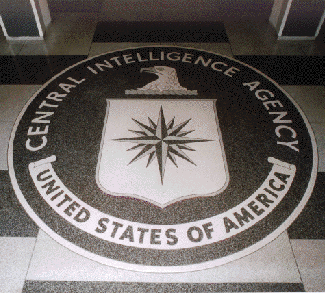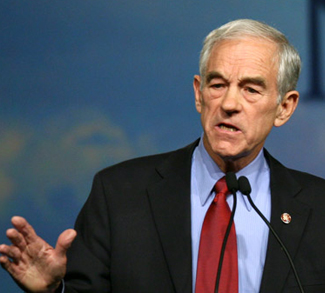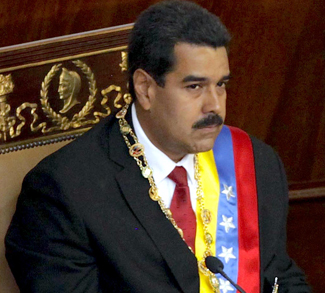Summary
U.S. Special Operations Forces have conducted nearly a dozen covert operations inside friendly and neutral countries as part of the “war on terror”, authorized by presidential level secret orders. Recent incursions into Pakistan and Syria are part of a secret plan that expands the Iraqi and Afghani U.S. wars beyond the borders of both.
Analysis
Within a month of the 9/11 terrorist attacks, President Bush signed National Security Presidential Directive 9. The secret document not only authorized the US intelligence and military wings to target the Taliban in Afghanistan, though that group had no link to the 9/11 attack, it also sanctioned the use of covert ops against al-Qaeda, and allied groups in any country, whether or not the United States was officially at war with that state.
Although the document’s contents remain largely top-secret, the authority it granted the President to conduct covert war against the Taliban (specifically authorizing the placement of covert CIA led special-ops teams into Afghanistan weeks prior to the U.S. invasion) was acknowledged by the White House in 2004.
Recent U.S. Special Forces raids into Pakistan and Syria, however, have exposed a much wider authority than previously publicly acknowledged. Neither country is officially at war with the U.S., and Congress has not authorized armed action against either. Nonetheless, an expansive interpretation of presidential power to conduct undeclared covert wars–a power that disgraced the Nixon administration (which included Nixon-era White House operatives Donald Rumsfeld and Dick Cheney) when it was used in the last great U.S. conflict to secretly bomb Laos and Cambodia–has been tacitly accepted by the U.S. political establishment.
In fact, President Bush and then Secretary of Defence Donald Rumsfeld signed orders in the spring of 2004 authorizing covert U.S. Special Forces in any country in the world, including countries not at war with the U.S.. Since the coming into force of that 2004 order, leaked reports indicate that U.S. Special Forces have already conducted nearly a dozen such covert raids, often with the direct involvement of CIA personnel.
The U.S. military has utilized the Spring 2004 order broadly, including Special Forces operations targeting anti-al-Qaeda forces in Iranian territory, despite the fact that the U.S. is not officially at war against Iran, and both the Taliban and al-Qaeda are hostile to the Shi’a regime in Tehran. Albeit, the Congressional declaration of the Iranian Revolutionary Guard as a terrorist organization may provide some legalistic cover for covert operations inside Iranian territory under either, or both, the Spring 2004 order or the fall 2001 National Security Presidential Directive (No. 9).
The question, now, of course, is what will the new Obama administration do?
Although the anti-war wing of the Democratic Party that sustained the impetus for the junior Senator’s meteoric rise to president no doubt wishes for a drawback on expansive Presidential power, they will be sorely disappointed. Even before details of the secret orders authorizing covert use-of-force were leaked, Obama had already declared his intention to utilize unilateral armed attack against targets inside friendly nations.
Therefore, one can expect more of the same utilization of U.S. Special Ops in covert raids across the globe as the Obama administration takes office in January.
Manjit Singh is a contributor to Geopoliticalmonitor.com



